Note: this post is back-dated
In July I birded at Gemini Springs 5 times and recorded 31 different species. It’s a bit pathetic, but it’s a great improvement over the measly 25 I saw during July 2013. The complete list from this month is at the end of this post.
In addition to the meager species count, I have a meager number of photos to share from July. Here we go…
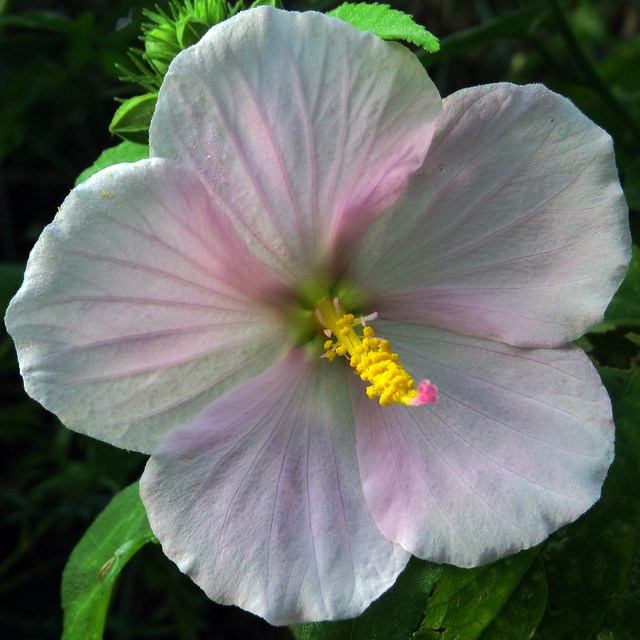
Hibiscus sp. | 14 July 2014

unknown black fungus | 14 July 2014
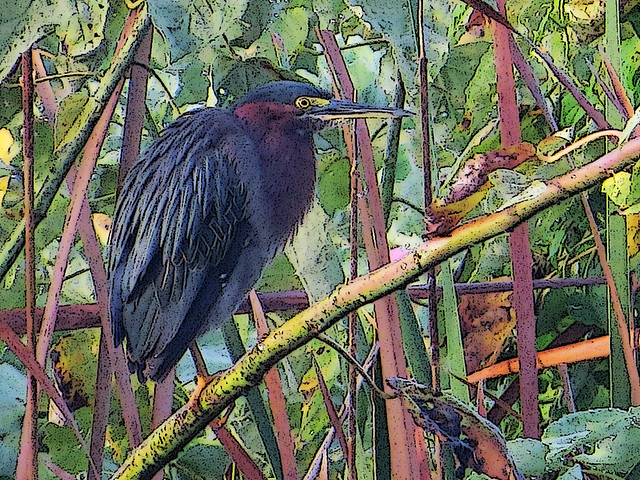
Green Heron photoshop fun | 14 July 2014

Meadow Beauty sp. | 14 July 2014
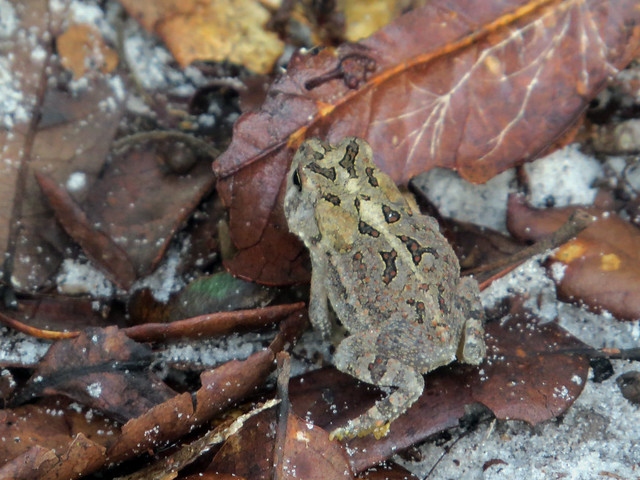
Southern Toad | 16 July 2014
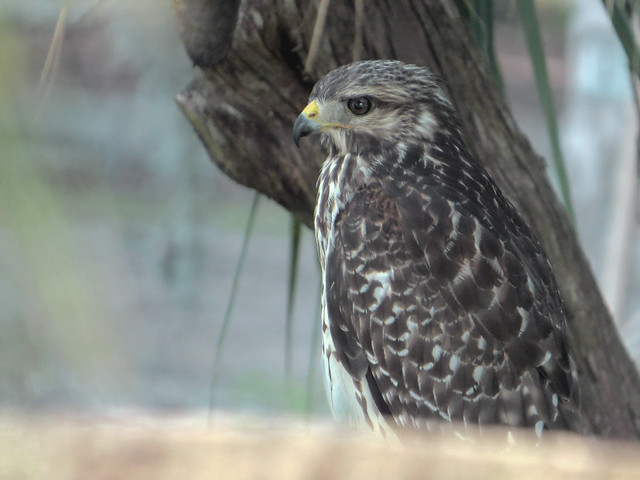
Red-shouldered Hawk | 16 July 2014
Gemini Springs, July 2014 month bird list
Anhinga – Anhinga anhinga
Great Blue Heron – Ardea herodias
Great Egret – Ardea alba
Little Blue Heron – Egretta caerulea
Tricolored Heron – Egretta tricolor
Cattle Egret – Bubulcus ibis
white egret sp. – Egretta/Bubulcus sp.
Green Heron – Butorides virescens
White Ibis – Eudocimus albus
Black Vulture – Coragyps atratus
Osprey – Pandion haliaetus
Red-shouldered Hawk – Buteo lineatus
American Coot – Fulica americana
Mourning Dove – Zenaida macroura
Red-bellied Woodpecker – Melanerpes carolinus
Downy Woodpecker – Picoides pubescens
Pileated Woodpecker – Dryocopus pileatus
Great Crested Flycatcher – Myiarchus crinitus
White-eyed Vireo – Vireo griseus
Blue Jay – Cyanocitta cristata
American Crow – Corvus brachyrhynchos
Fish Crow – Corvus ossifragus
Carolina Chickadee – Poecile carolinensis
Tufted Titmouse – Baeolophus bicolor
Carolina Wren – Thryothorus ludovicianus
Blue-gray Gnatcatcher – Polioptila caerulea
Northern Parula – Setophaga americana
Northern Cardinal – Cardinalis cardinalis
Red-winged Blackbird – Agelaius phoeniceus
Common Grackle – Quiscalus quiscula
Boat-tailed Grackle – Quiscalus major



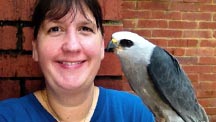
One Response to Birding Gemini Springs, July 2014